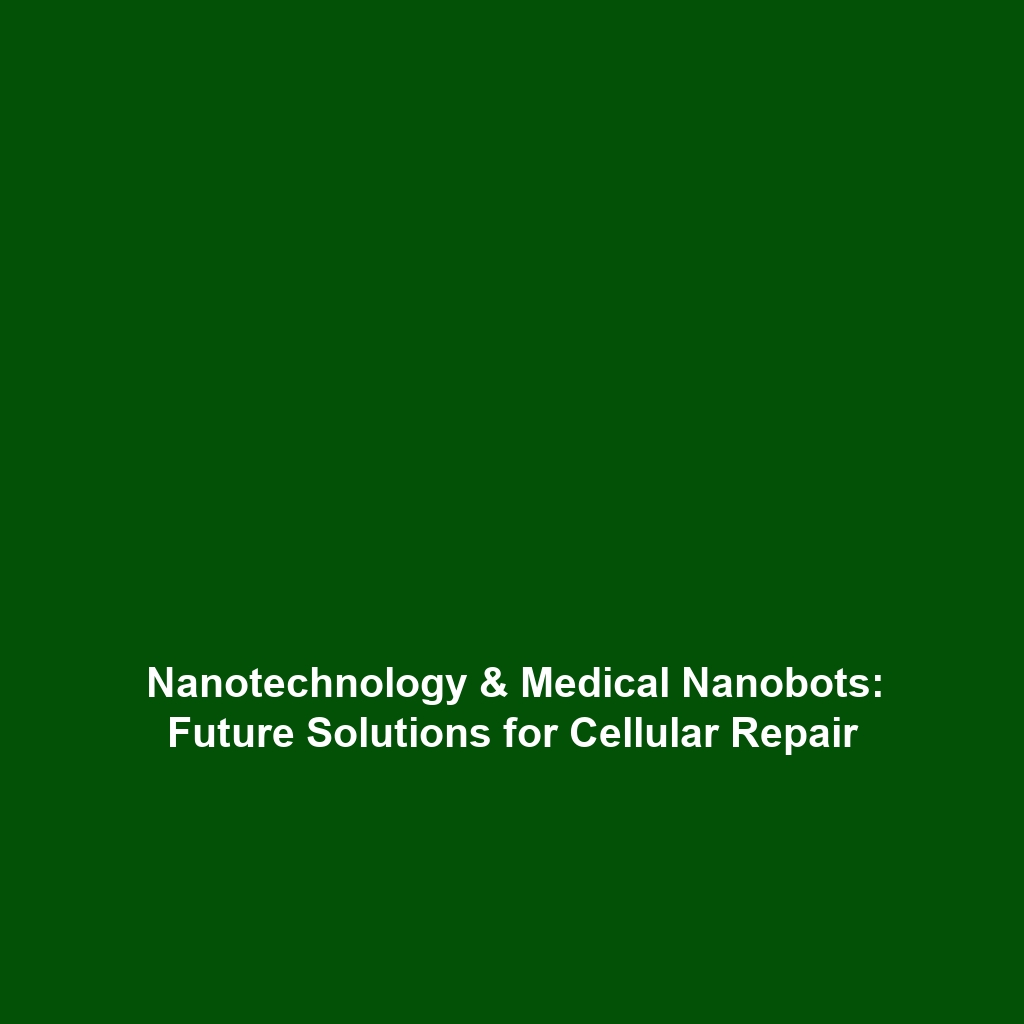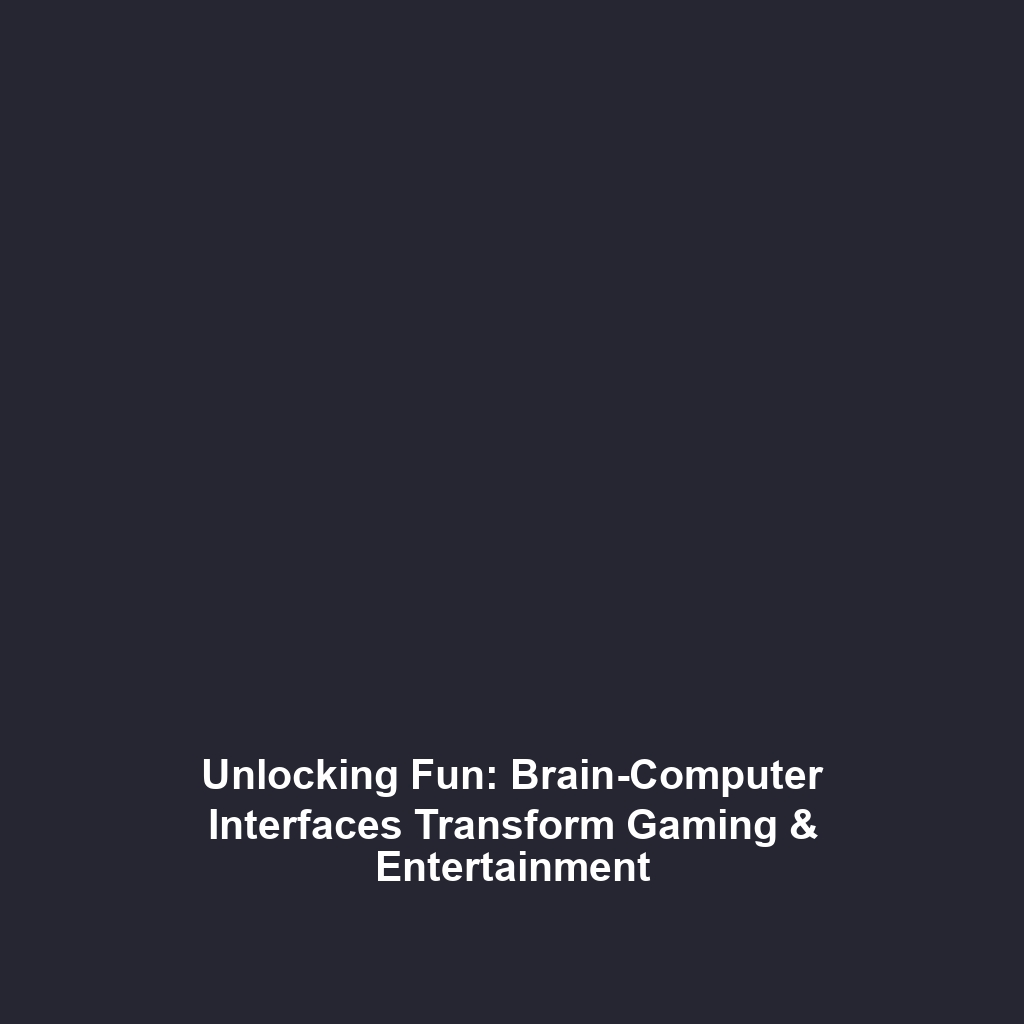Future Solutions: Research into Nanotechnology and Molecular Repair
Category: Cryonics & Life Extension
Introduction
Research into nanotechnology and molecular repair presents exciting future solutions for repairing cellular damage, a critical factor in the fields of cryonics and life extension. As scientists unravel the complexities of cellular repair mechanisms, the potential for advanced medical nanobots to revolutionize the preservation of human life becomes increasingly tangible. These microscopic agents could target and repair damaged cells—paving the way for not just survival but improved health and longevity.
Key Concepts
The Principles of Nanotechnology
Nanotechnology involves manipulating matter at the molecular and atomic levels to create materials and devices that can perform tasks not possible at larger scales. This technology is pivotal in the quest for cellular repair, as it enables:
- Creation of nanobots designed for precise repair tasks.
- Delivery mechanisms for drugs or therapies directly to affected cells.
Molecular Repair Systems
Molecular repair refers to the biochemical processes that restore cellular integrity. Understanding these processes is essential for developing nanobot technologies capable of mimicking or enhancing natural repair mechanisms.
Applications and Real-World Uses
The applications of nanotechnology and molecular repair in the context of cryonics and life extension are vast. Notably:
- Medical Treatments: Use of nanobots in targeted drug delivery systems may result in more effective treatments for diseases such as cancer or neurodegenerative disorders.
- Preservation Techniques: Advanced molecular repair techniques may improve cryopreservation, allowing biological tissues to withstand the stresses of freezing and thawing.
Current Challenges
Despite its promise, the study and application of nanotechnology and molecular repair face several challenges:
- Technical Limitations: Current technology still struggles to create fully functional nanobots capable of complex repairs.
- Ethical Considerations: Concerns around the implications of manipulating life at a cellular level need addressing.
- Regulatory Hurdles: Strict regulations on nanotechnology in medicine can slow innovation and application.
Future Research and Innovations
Looking ahead, ongoing research is geared towards the following innovations:
- Next-Gen Nanobots: Development of more sophisticated nanobots that can autonomously navigate and perform repairs in the body.
- Integration with Artificial Intelligence: AI-driven analysis could enhance the efficiency of nanobots by improving precision in targeting and repairing damaged cells.
Conclusion
In summary, research into nanotechnology and molecular repair offers intriguing potential solutions to challenges in cryonics and life extension. As this field progresses, society may witness the dawn of a new era in healthcare and longevity, potentially reshaping the human experience. To stay informed about these groundbreaking advancements, consider exploring additional resources on cryonics and life extension.

